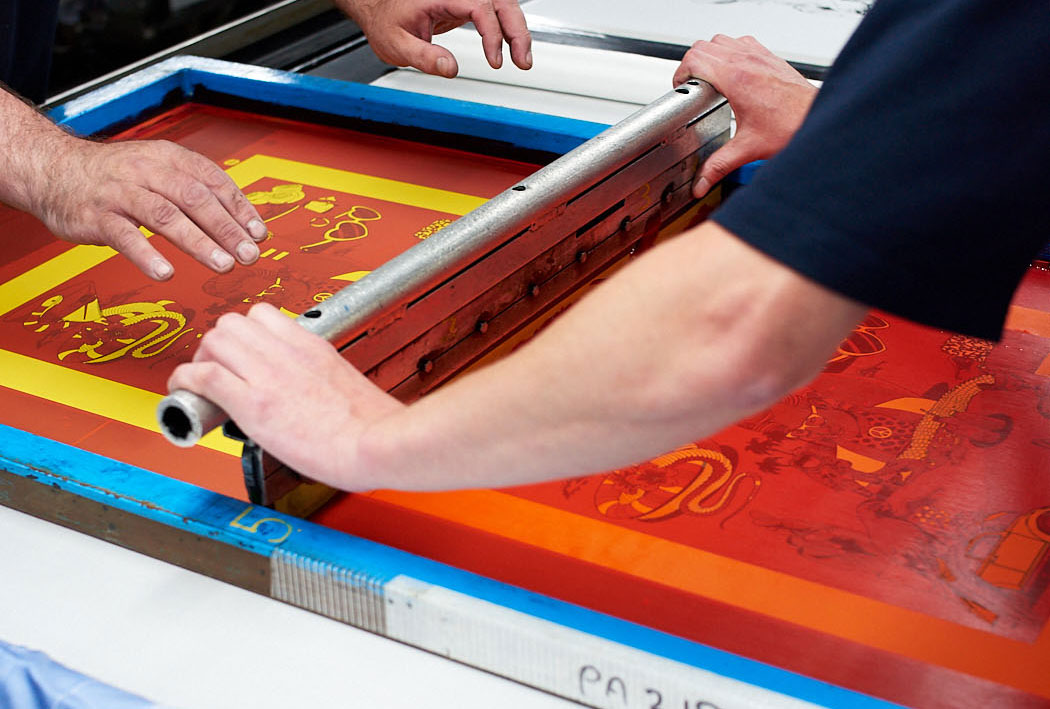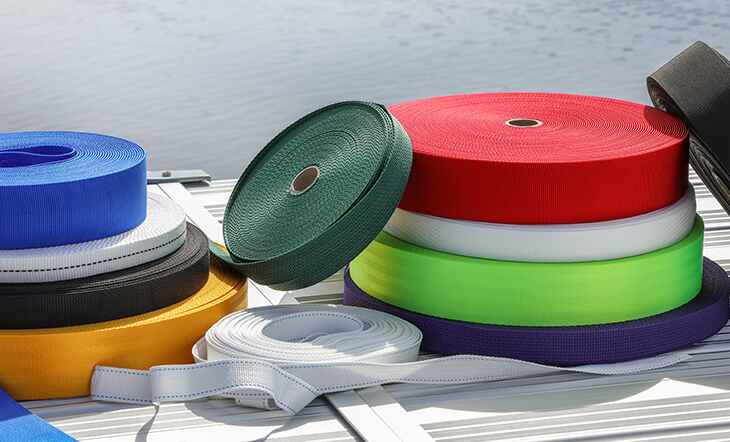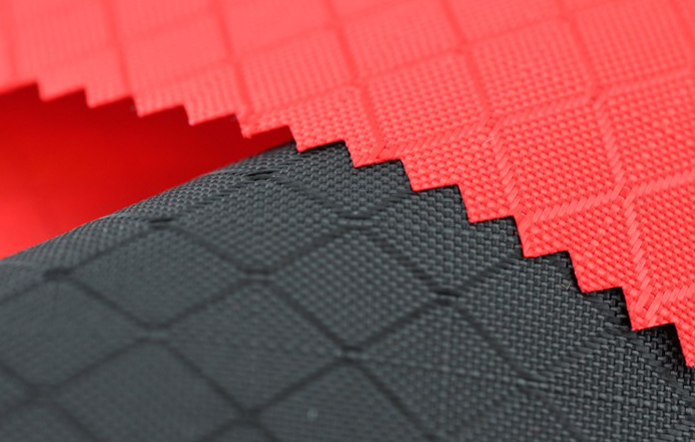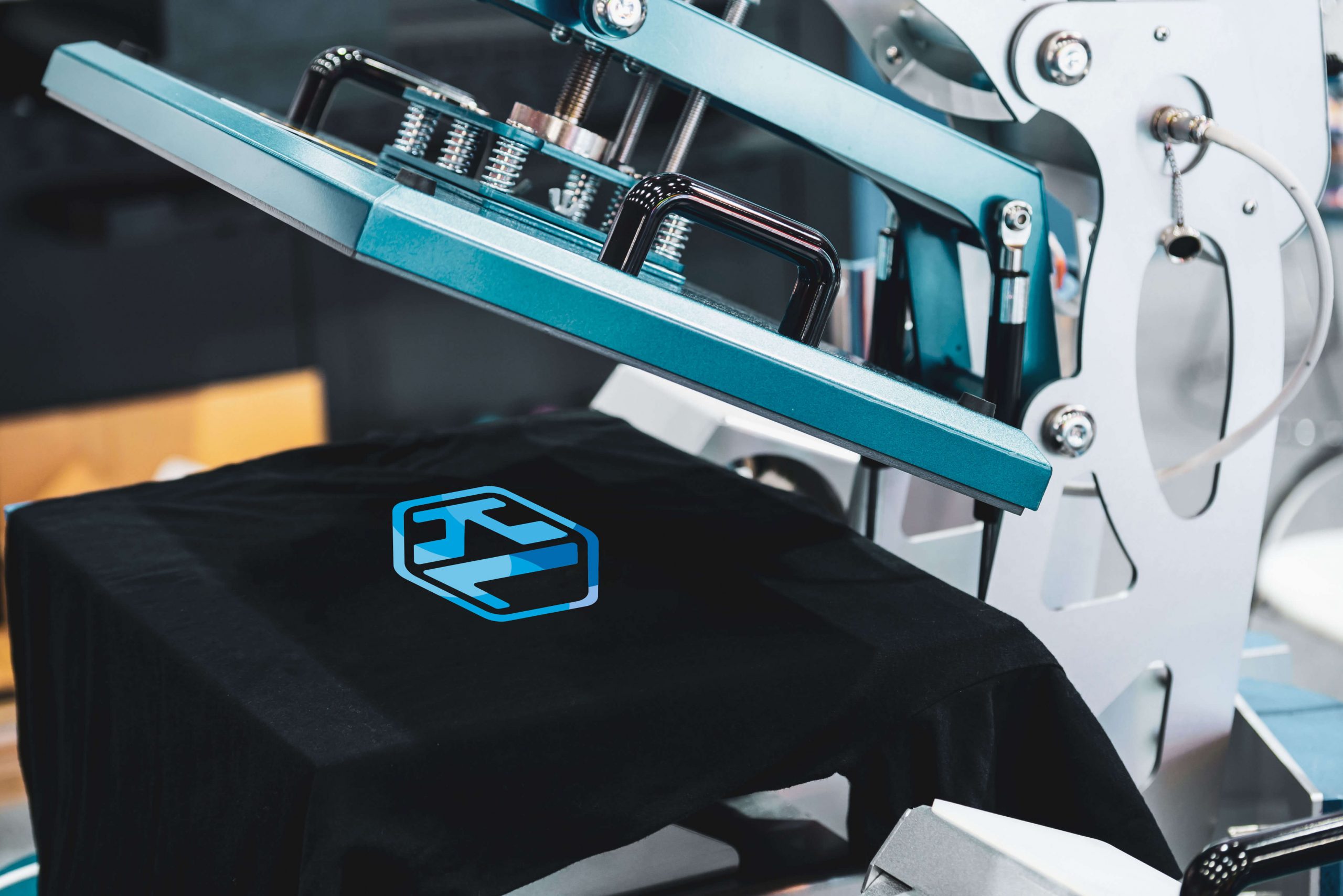Silk Printing VS Heat Transfer Printing
07/04/2023
Share:

Recent Blog
-

-
 18/04/2023What are fabric coatings?
18/04/2023What are fabric coatings? -
 14/04/2023What is Ripstop?
14/04/2023What is Ripstop?

Silk printing and heat transfer printing are two different methods used for printing designs on various materials such as fabric, paper, and plastic.
Silk printing, also known as screen printing, is a traditional printing method that involves pushing ink through a stencil or mesh screen onto the material. The stencil is created by blocking out the areas that should not be printed, leaving only the design area open. A squeegee is then used to spread ink over the stencil, forcing it through the open areas and onto the material below. Silk printing is a versatile technique that can be used on a variety of materials, including fabric, paper, and plastics.

Heat transfer printing, on the other hand, is a process of transferring designs onto materials using heat and pressure. The design is first printed onto a transfer paper using a special ink that is designed to bond with the material being printed on. The transfer paper is then placed face-down on the material, and heat and pressure are applied using a heat press or iron, causing the ink to bond with the material. Heat transfer printing is commonly used for printing designs on fabric, such as t-shirts, hats, and bags.
The main difference between the two methods is that silk printing involves pushing ink through a stencil or mesh screen directly onto the material, while heat transfer printing involves printing the design onto transfer paper and then transferring it onto the material using heat and pressure.
Silk printing is typically used for larger production runs of high-quality designs, as it offers excellent color vibrancy and longevity. Heat transfer printing, on the other hand, is ideal for smaller production runs and designs that require high levels of detail, as it offers a wider range of color options and can reproduce fine details more accurately.


